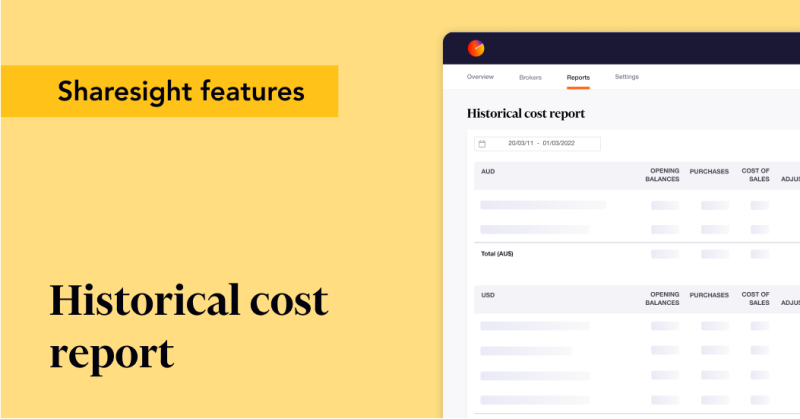Five paths to investment diversification
Diversification is one of the most critical considerations when building an investment portfolio. Ensuring that you are adequately diversified helps you ride out the ups and downs of financial markets by spreading your money across different investments.
This lowers the volatility of your overall portfolio and manages your risk, meaning you are less exposed to a single event. If one asset type, sector, industry or company you've invested in isn't performing well, you won't lose all your money.
While the importance of diversification is common knowledge, the 2017 ASX investor study tells us that only ‘46% of Australian investors claim to hold a diversified portfolio, holding on average 2.7 asset classes each (shares, property and/or cash typically).’ This raises the obvious question as to how diversified the remaining 54% of investors actually are.
Diversification seeks to lower correlation
Underlying diversification is the statistical concept of correlation. Correlation is a measure of how two variables, investments in this case, move in relation to one another and when. When they move in the same direction at the same time, they are considered to be highly correlated (coefficient of +1). When one moves up as another goes down, they are considered to be negatively correlated (coefficient of -1). A value of 0 indicates that there is no association between the two variables.

Types of diversification
Here are five common types of diversification to consider in order to achieve adequate protection from any single risk.
1. Diversification across asset classes
There is a high degree of correlation within asset classes. This correlation can increase returns when times are good, but it also increases the risk that your investment portfolio could suffer a dramatic fall in value in the bad times.
It's critical, therefore, to consider your asset allocation strategy, as this has a significant impact on both returns and volatility. It is also important to remember that correlation can change over time due to moving asset class cycles or macro-economic factors. As with all investment strategies, you will get the best results when you are continually monitoring asset allocations and looking out for changes in correlations.
2. Diversification within an asset class
You might want a particular exposure to equities or property, but betting on a single company or investment manager increases the risk of losing a significant amount of the value of your portfolio if that single investment were to drop in value.
Alternatively, diversifying across a range of investments or managers within that asset class can minimise the risk of a loss due to manager or company specific factors. This can be achieved via index tracking Exchange Traded Funds, for example, or holding multiple companies or using a variety of investment managers.
3. Diversification across industries
The ASX200 is dominated by finance and mining companies. It is likely that within your diversified portfolio you will have investments within these industries. If either of them is to be hit by headwinds, even a reasonably diversified equity portfolio will feel the pain.
To minimise risk, ensure that your investment portfolio includes an adequate spread across industries. Be careful to critically assess and select investments in a range of industries that aren't all closely correlated.
4. Diversification across geographies
According to the ASX 2017 investor study, 75% of Australian share investors hold Australian shares exclusively. However, Australian shares make up less than 2% of global equities overall. Should the Australian markets or the Australian economy tumble, not only will it hurt your portfolio, but, depending on the severity of the downfall, it may also impact your employment.
Overcoming ‘home bias’ is essential for building a balanced portfolio. Thankfully, there is an increasing array of global focused ETFs available on the ASX to help investors diversify geographically. Don't risk your portfolio by favouring home based investments.
5. Diversification through time
The point in time in which you purchase any investment determines the price you pay. A single purchase at a point in time means a high risk of buying at a ‘high’ price.
Dollar cost averaging is the act of regularly purchasing a set dollar amount of an investment. This tactic allows you to diversify through market and price fluctuations, buying more units of an investment when prices are lower, and fewer when they are higher.
Diversification is important in volatile times
Diversification is important. Managing and tracking diversification is challenging and time-consuming, especially if you’re tracking it all manually in a spreadsheet. Thankfully, as technology has improved, so too have the solutions available to track and manage your portfolio. Options like Sharesight mean investors can better manage their portfolio and track their investment diversification with a simple online tool.
Sign up for a free Sharesight account today.
Important Disclaimer: We do not provide tax or investment advice. The buying of shares can be complex and varies per individual. You should seek tax and investment advice specific to your situation before acting on any of the information in this article.
FURTHER READING

Prepare your annual accounts with our historical cost report
Sharesight's historical cost report is a powerful tool for investors who need to prepare annual accounts or financial statements with mark-to-market accounting.

Sharesight product updates – July 2025
This month's focus was on rolling out predictive income forecasting, as well as improved cash account syncing across different brokers and currencies.

5 ways Sharesight helps Australian investors at tax time
Learn how Sharesight’s Australian tax features can not only help you complete your tax return, but also save you time and money at tax time.